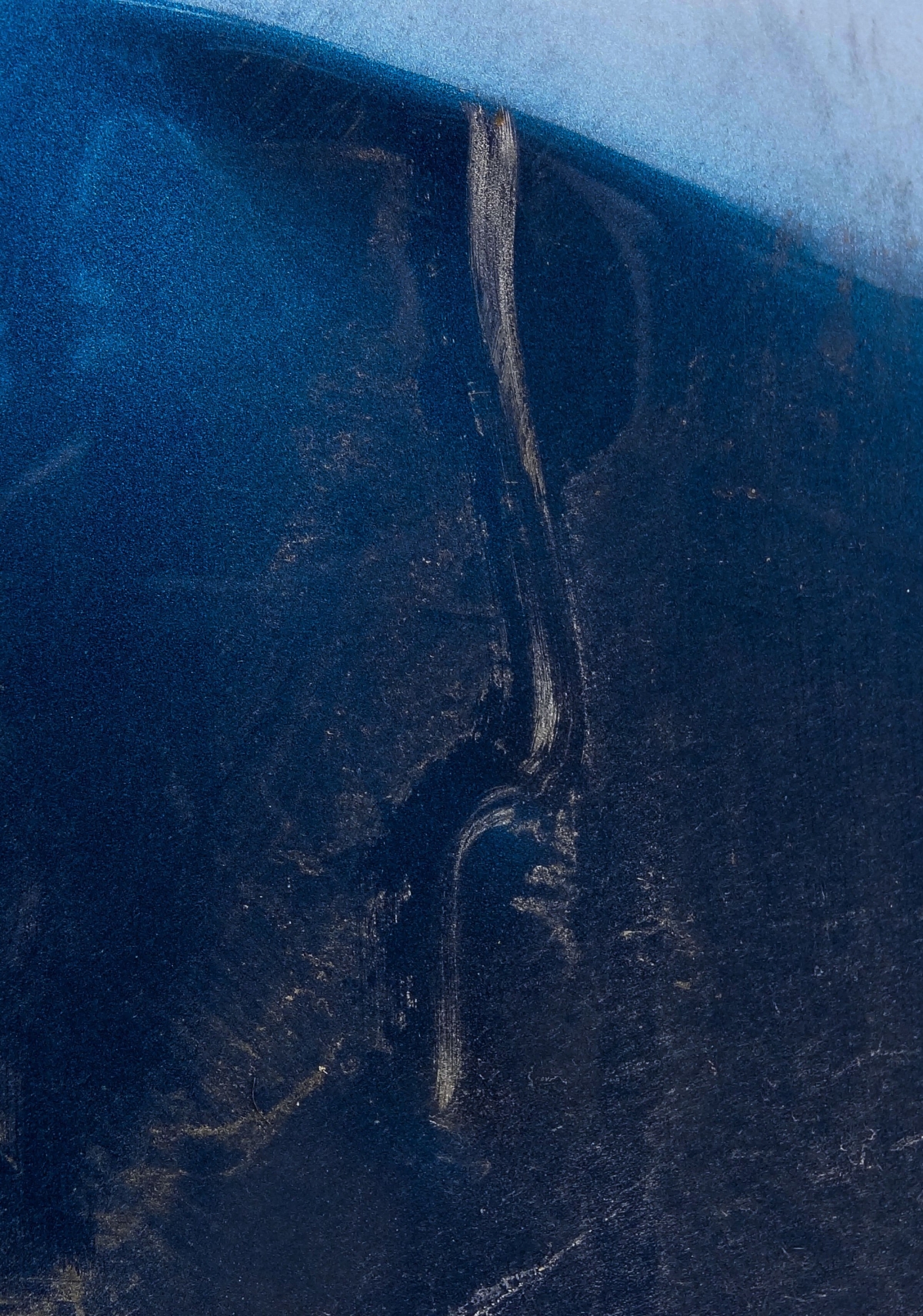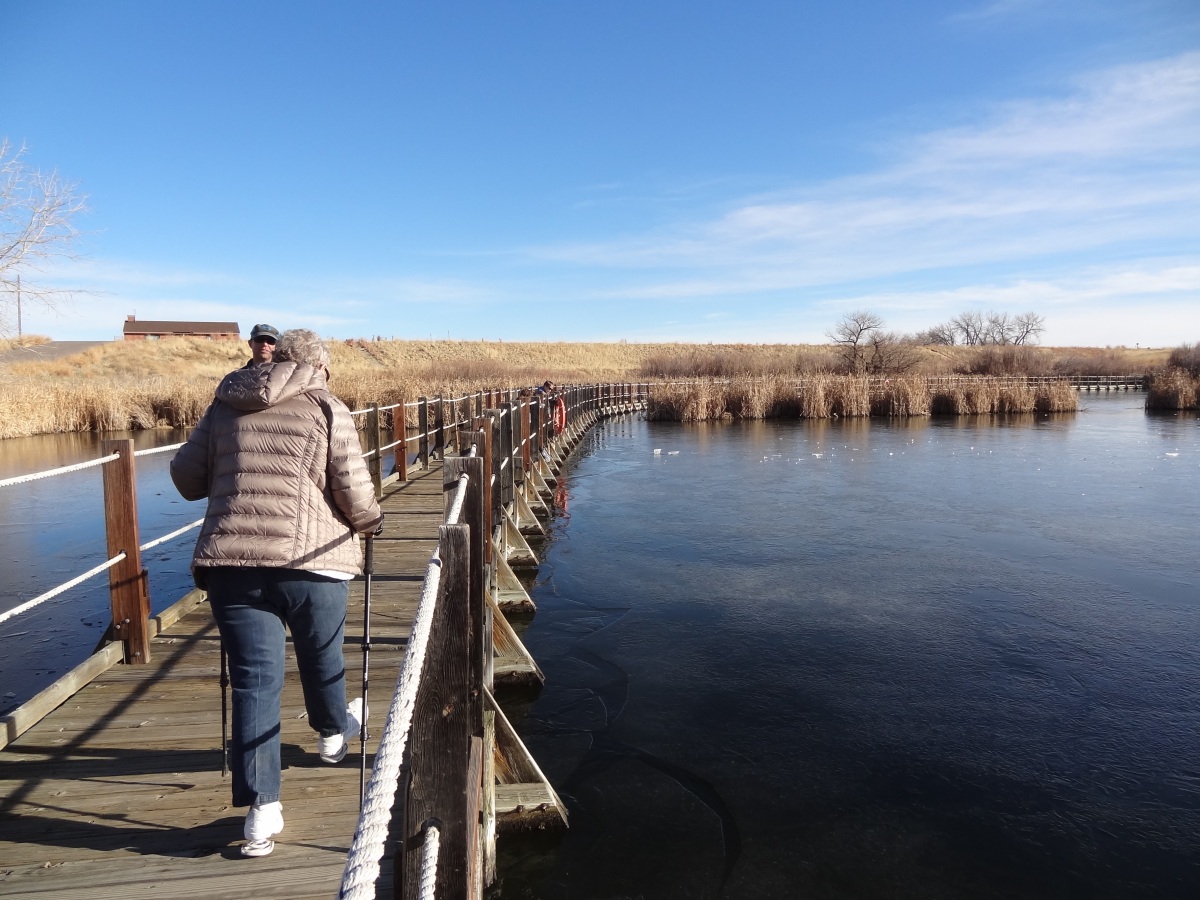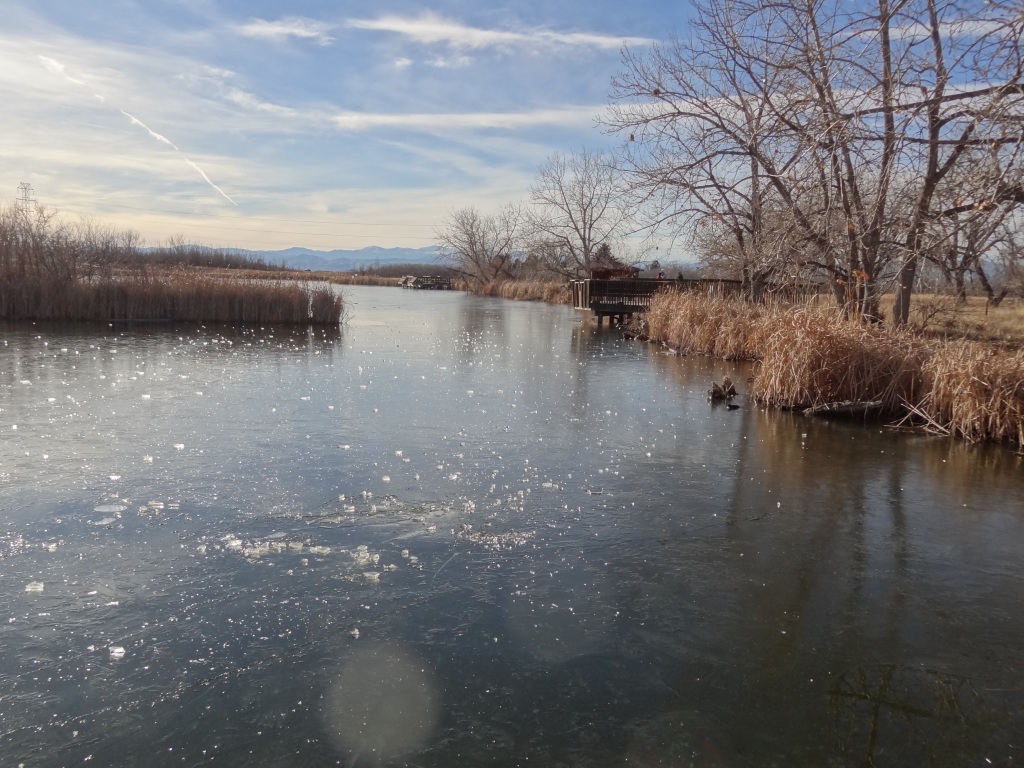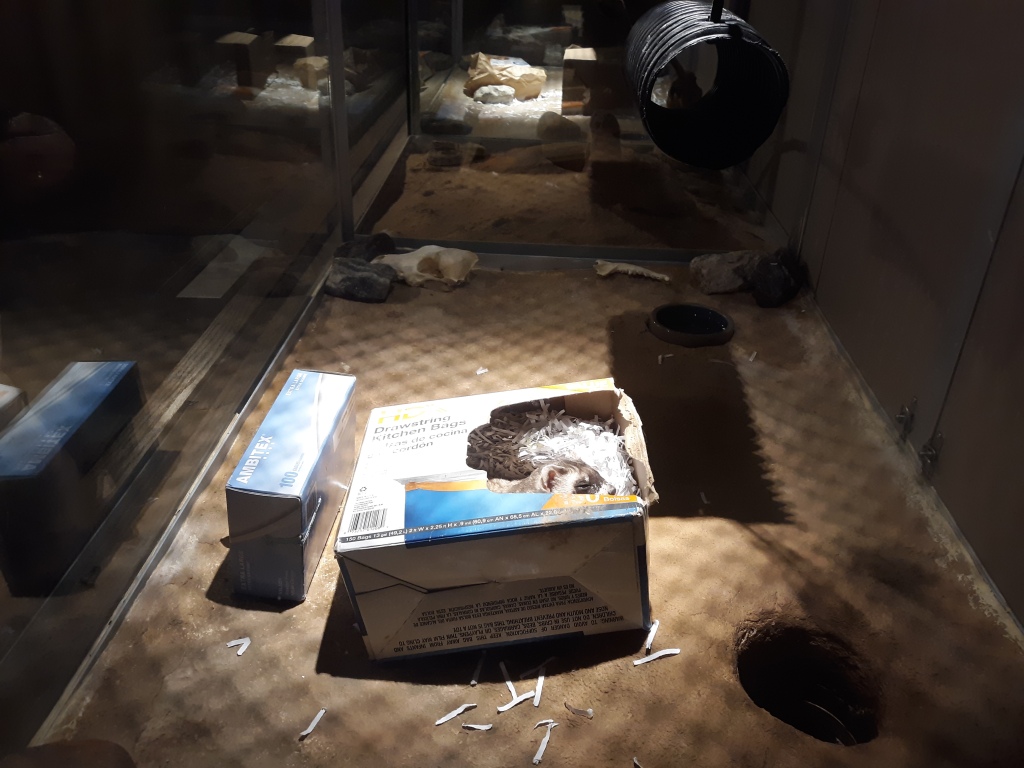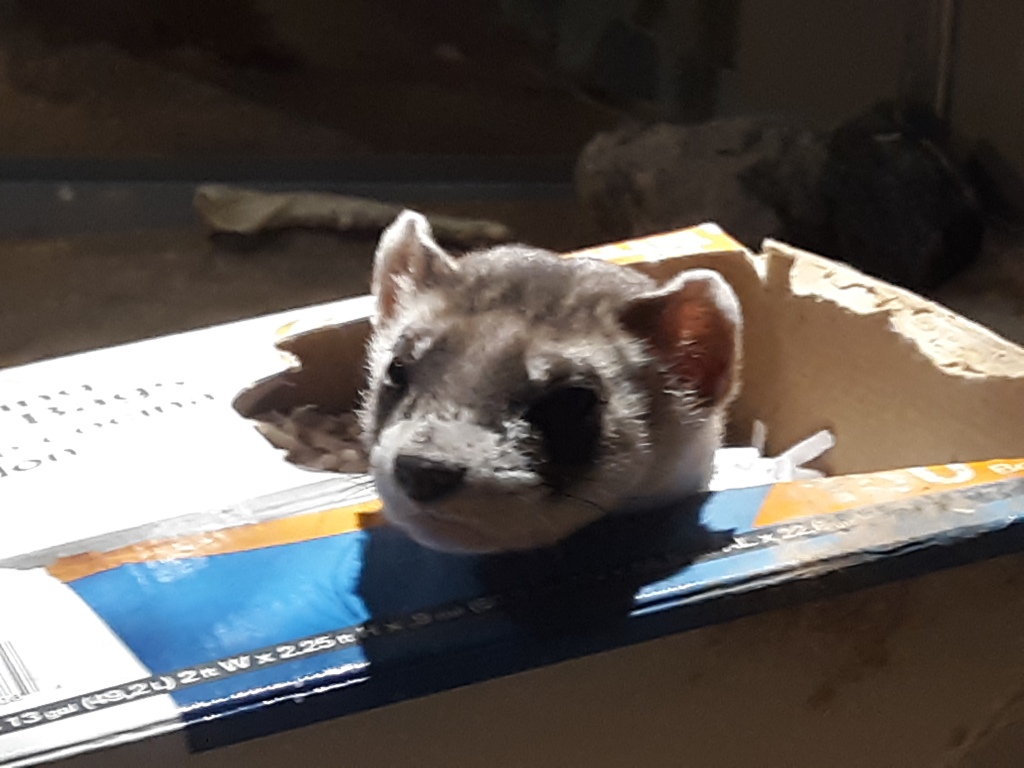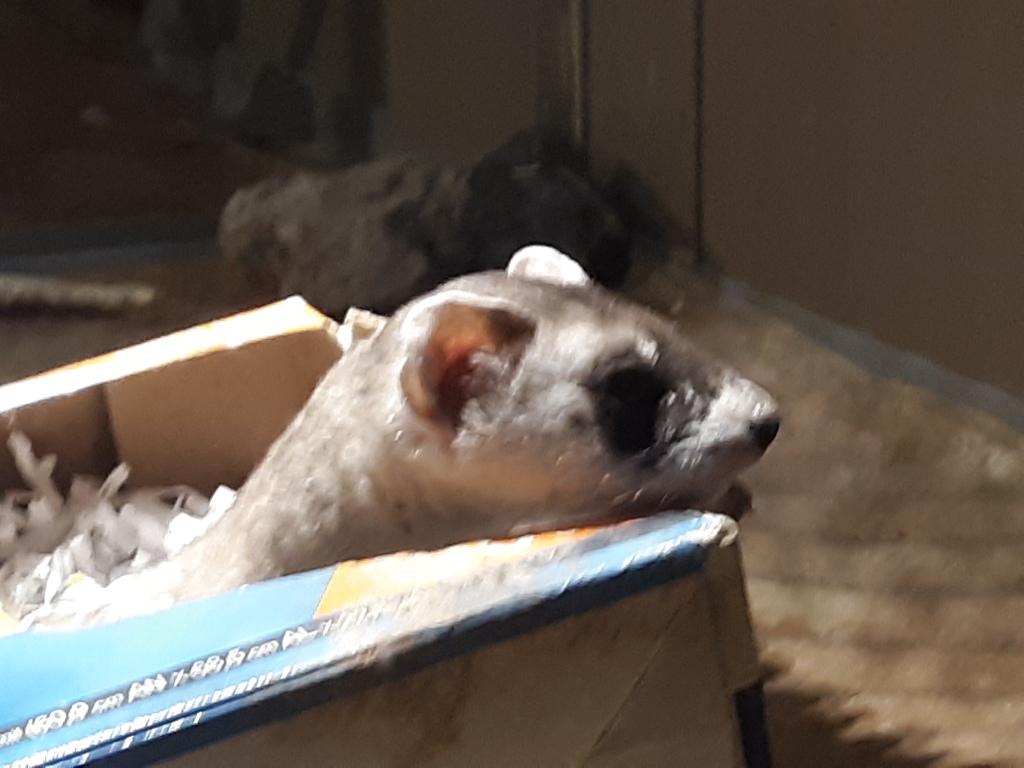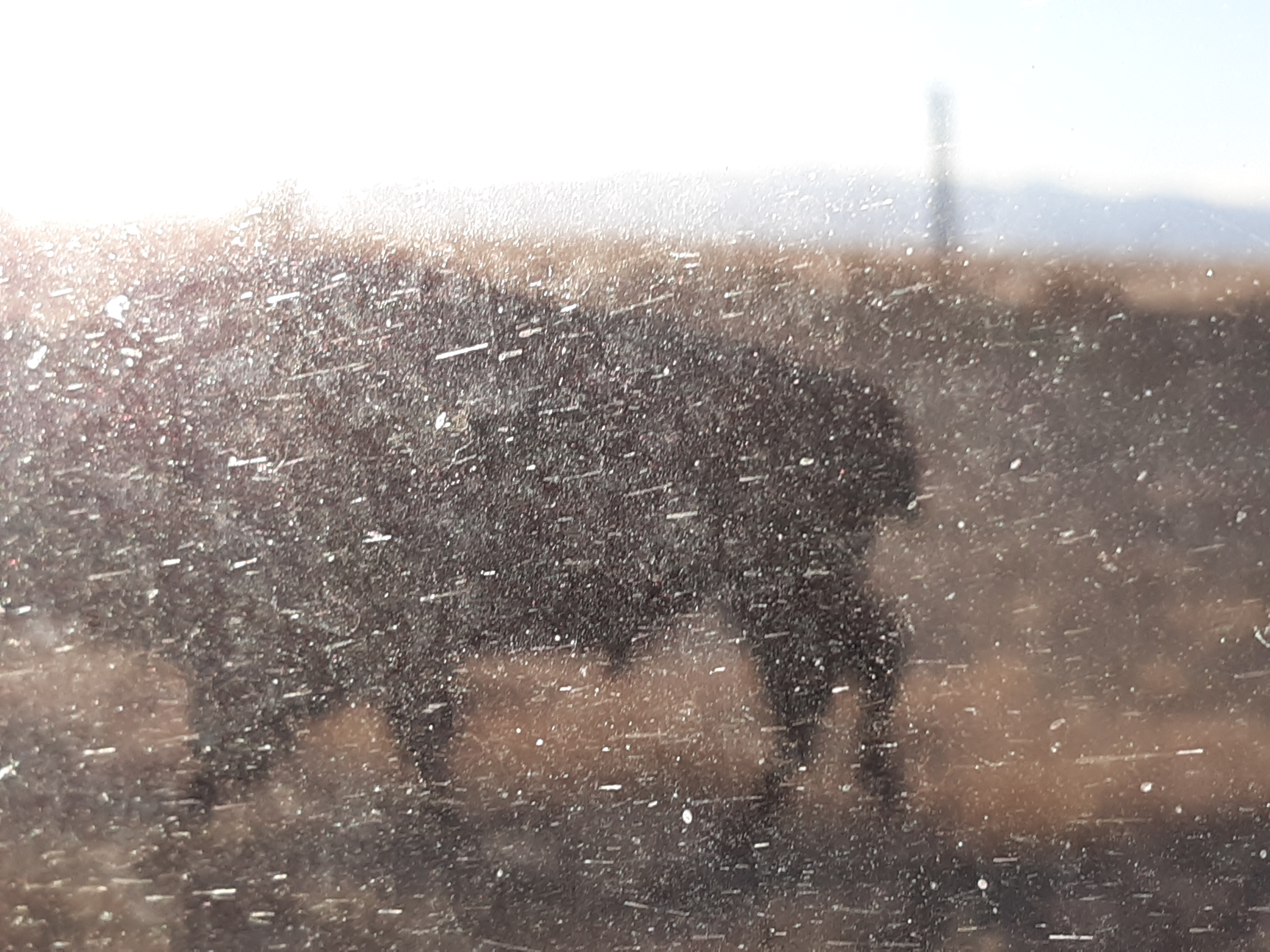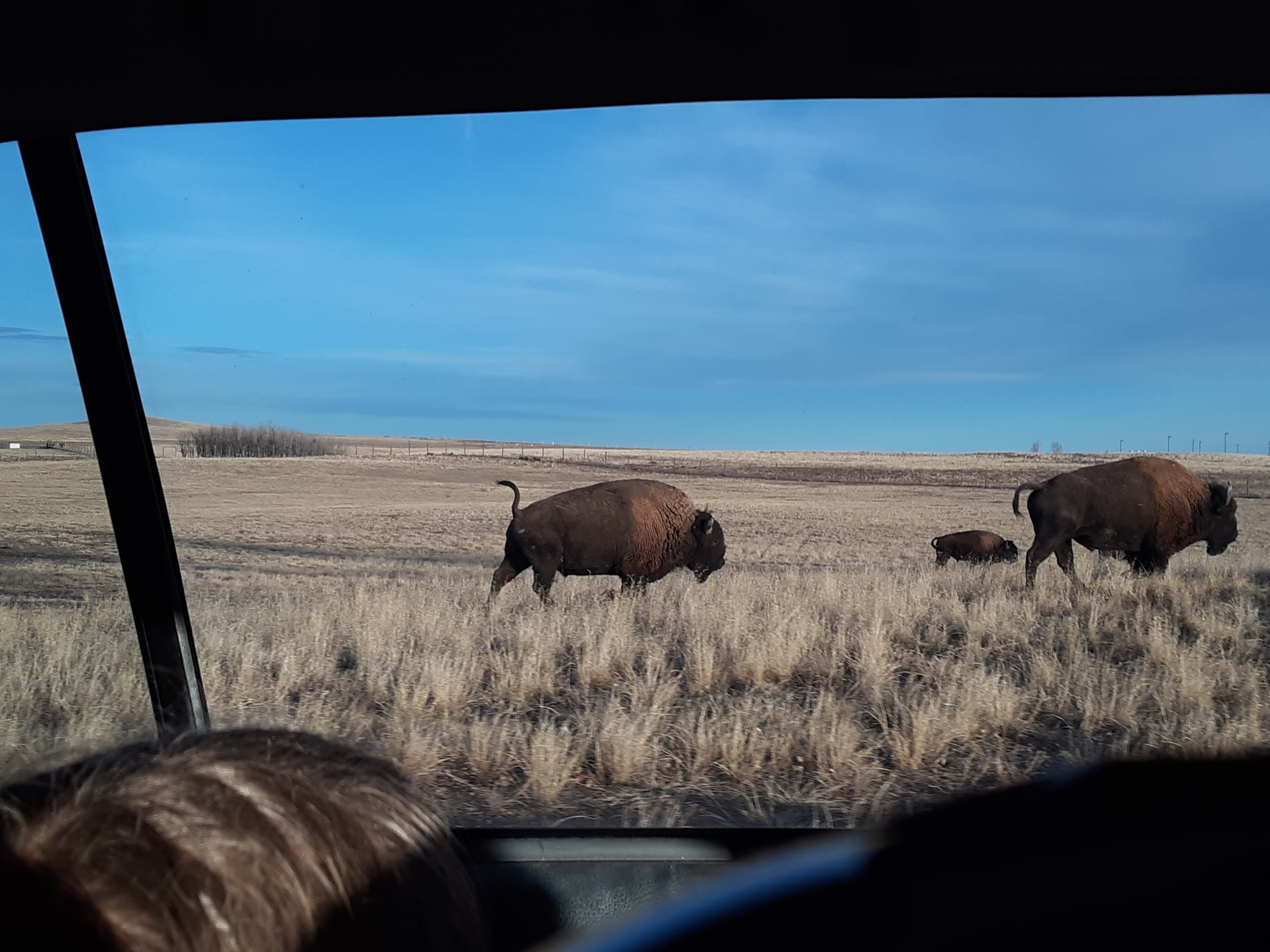…It happened at Wind Cave National Park
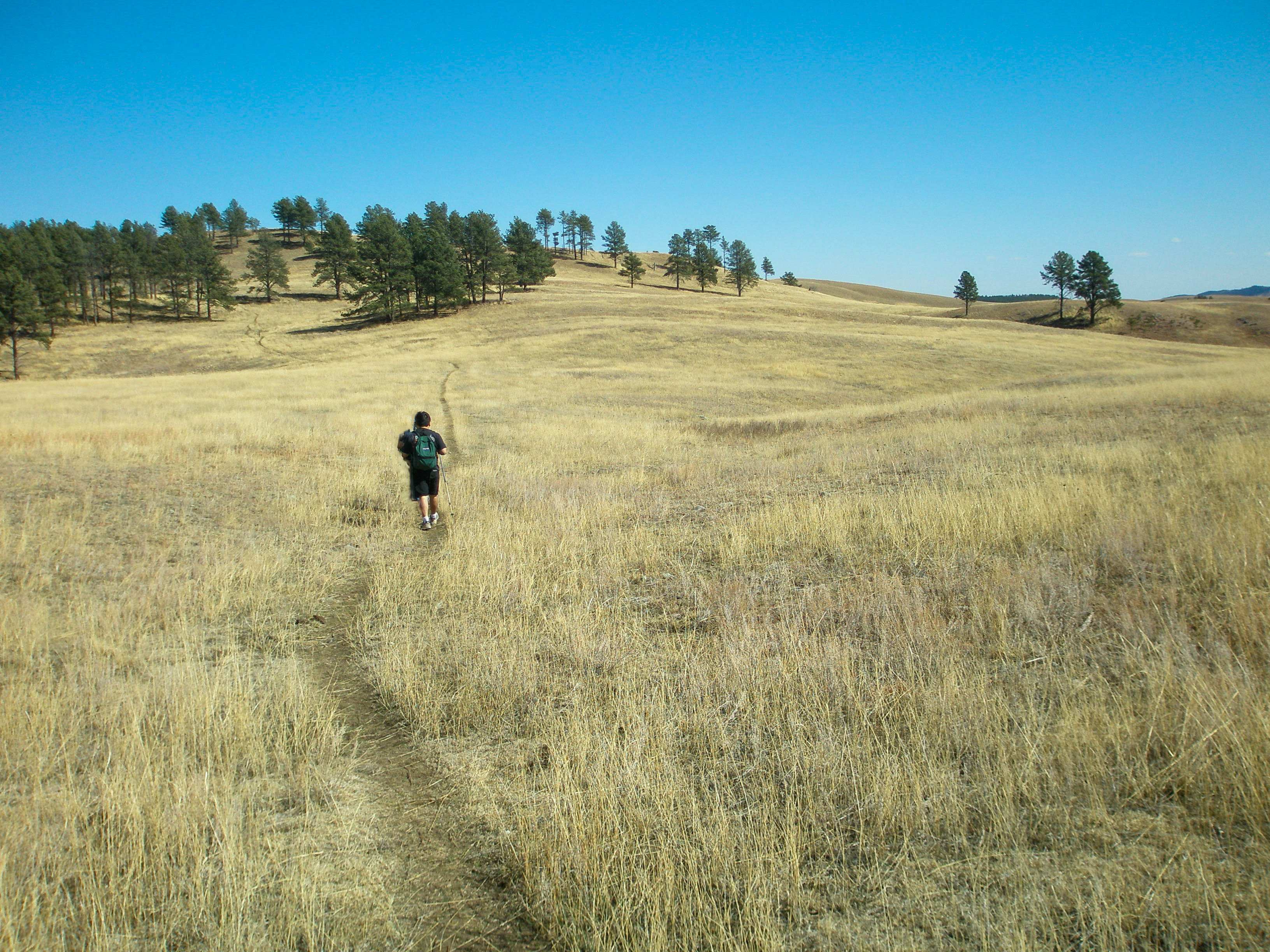
When my husband Dan returned from his awesome cardio workout—a cross country ski through Cold Brook Canyon in Wind Cave National Park—he was dismayed to find our family’s efficient little Impreza disfigured by a hit and run. He frowned (and said a few choice words) as he studied the new four-inch long scratch and three-eighths of an inch deep crease in the car’s metal.
Bummer.
When your car gets marred and messed-with by someone else, you expect them to do what’s honest and right…
Right?
But alas, there was no note on the dash. No address, no name, no…nothing. But despite this lack of forthrightness, he found plenty of clues as to the perpetrator’s identity.
Cold Brook Canyon is a treasure-loaded trail situated in Wind Cave National Park. Following an old roadcut, in the summer it is a place for viewing such gems as lazuli buntings, rock and canyon wrens, numerous woodpeckers, Clark’s nutcrackers, swallows, eastern phoebes, and many other birds. The various seeps in the canyon provide habitat for reptiles and amphibians in the park, and, on one hiking occasion, we discovered an elk rack laying in a nearby drainage.
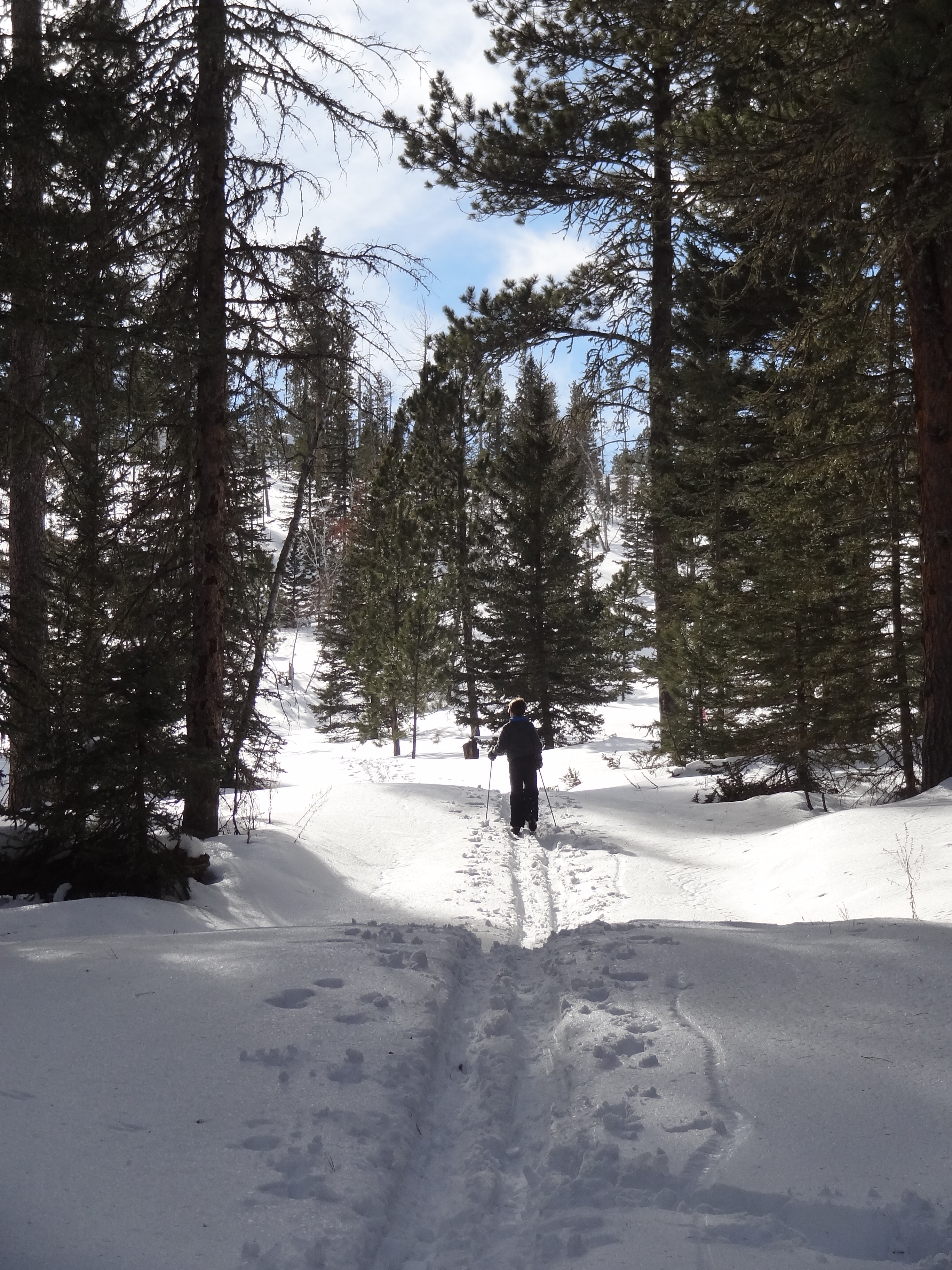
Wintertime in the Southern Black Hills oftentimes provides sporadic opportunities for cross country skiing. This year, we have been blessed with more white stuff than usual, so on this particular day, my husband decided to take advantage of this fact to get his heart pumping. He likes to brag that he’s put in around 50 ski days this winter so far (with a minimum of 30 minutes of actual ski time each episode). I like to brag right back that I’m at least at 75 ski days; there is a lot of Forest Service land in the Black Hills, and most are crisscrossed with logging roads—perfect for cross-country skiing (after you make your own tracks).
Because of their concern for damaging the park’s outstanding underground resources (Wind Cave), the park doesn’t salt their roads (they are worried about the chemicals seeping down and compromising cave resources). Consequently, any cars driving into the park function basically like salt blocks on wheels. Whenever a vehicle is parked for any length of time, bison and/or deer gravitate toward it and start licking the door panels, bumper, fenders—anywhere that might be splashed with salt.
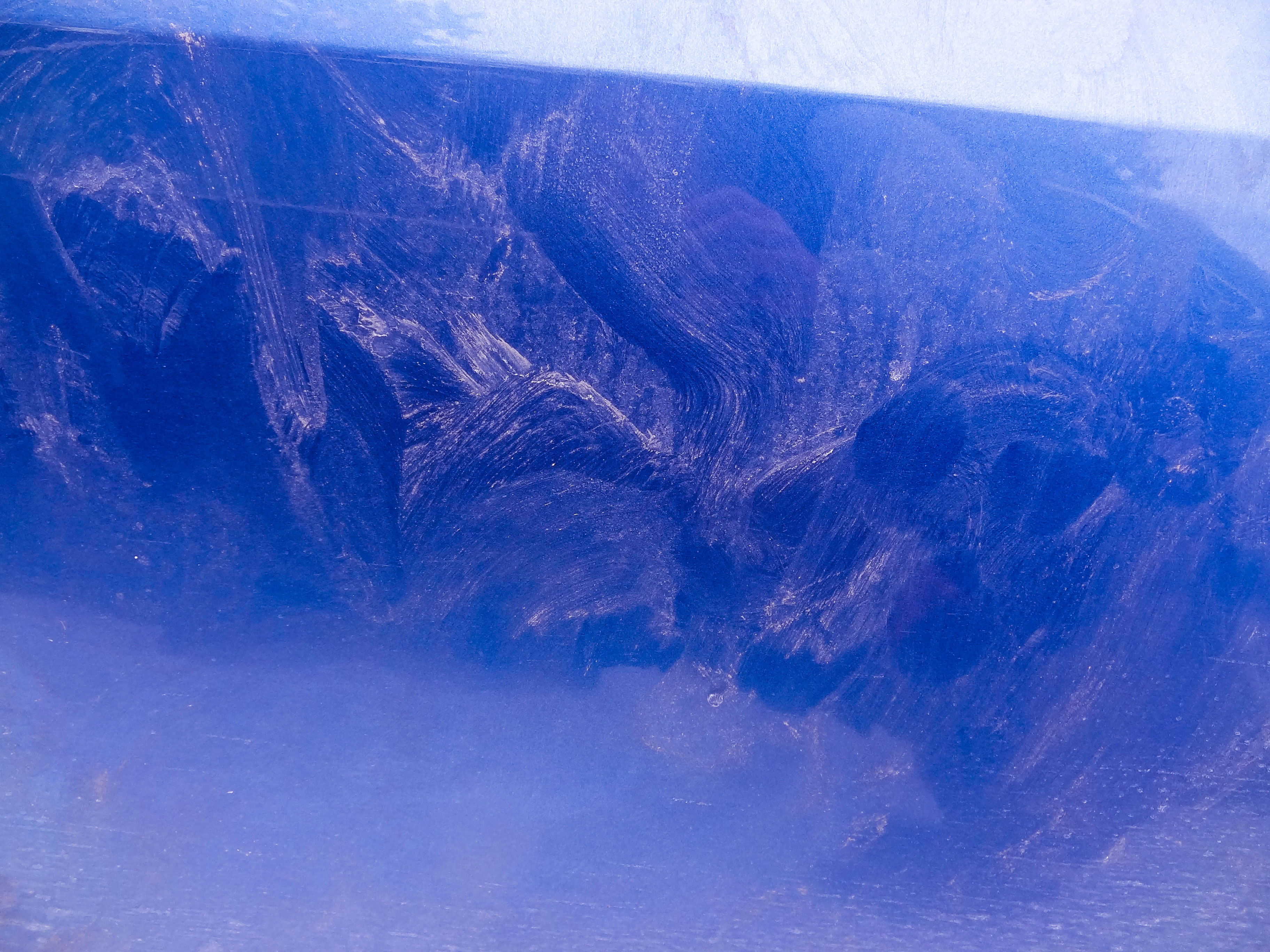
Tasty.
And when several bison crowd around a single car, they tend to get a bit feisty to maintain their territory. Horns and head butts/swipes are common tactics used to tell competitors to back off.
And that’s what my husband speculates happened: a bison, crowded and annoyed by his buddies, tossed his head and, in the process scraped and dented our vehicle.
(Here’s the other part I didn’t tell you: when Dan returned to his car, there was a large male bison licking the car’s passenger side door. Bison are unpredictable; they can decide to lollygag in one place for hours on end. Dan didn’t have that kind of time, so he snuck over to the driver’s side, quickly opened the door, jumped in, put the car in reverse, and made a quick getaway. By then, people had driven into the parking lot and saw this entire ridiculous episode. They were laughing. I would be too, assuming everything went as planned).
Dan is 99% sure that our car’s damage was made by a bison.
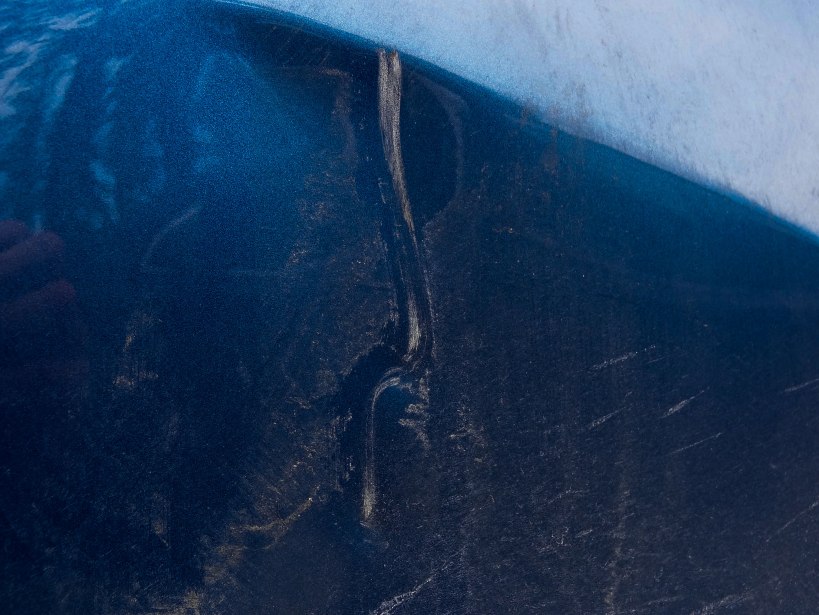
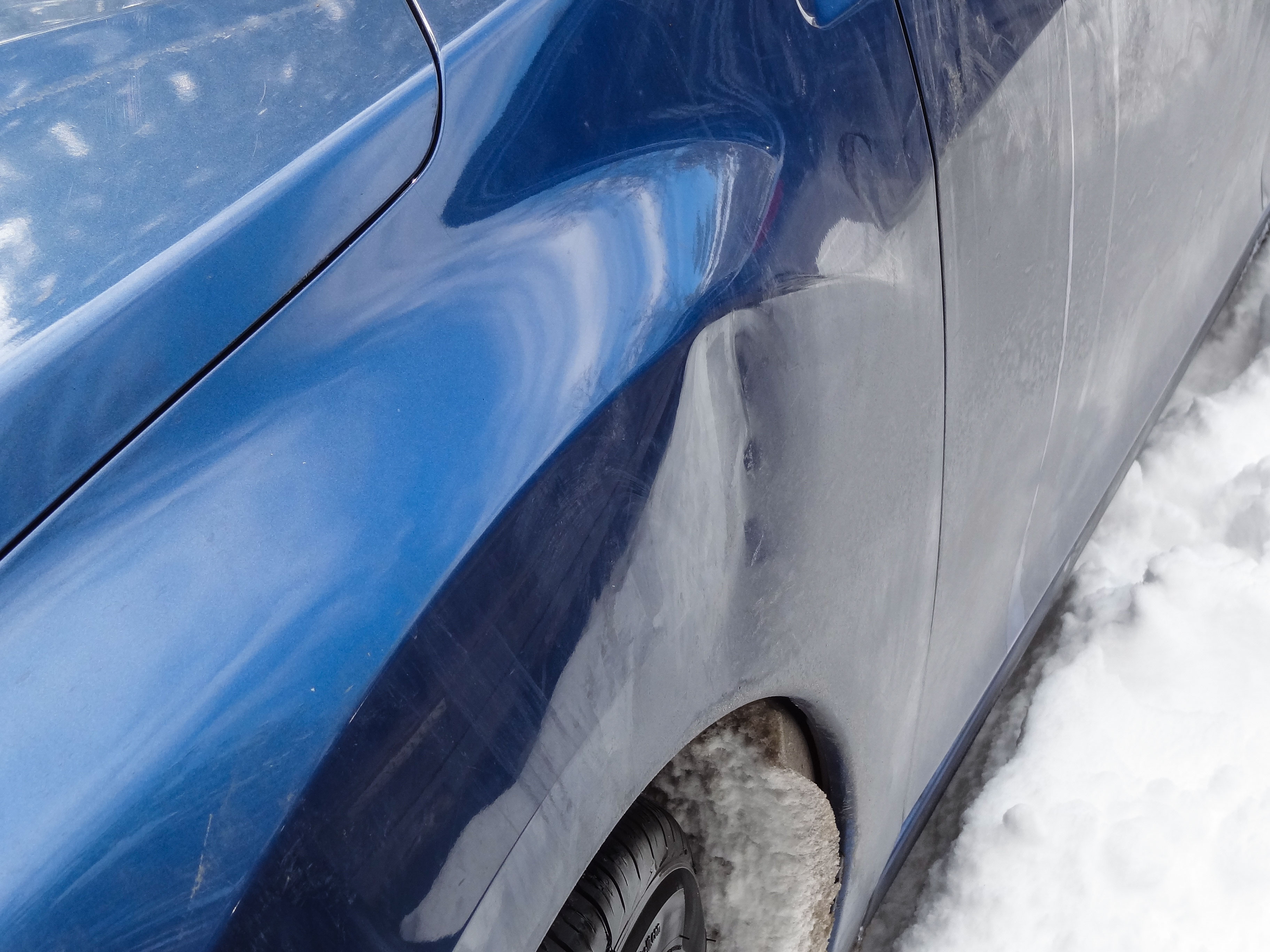
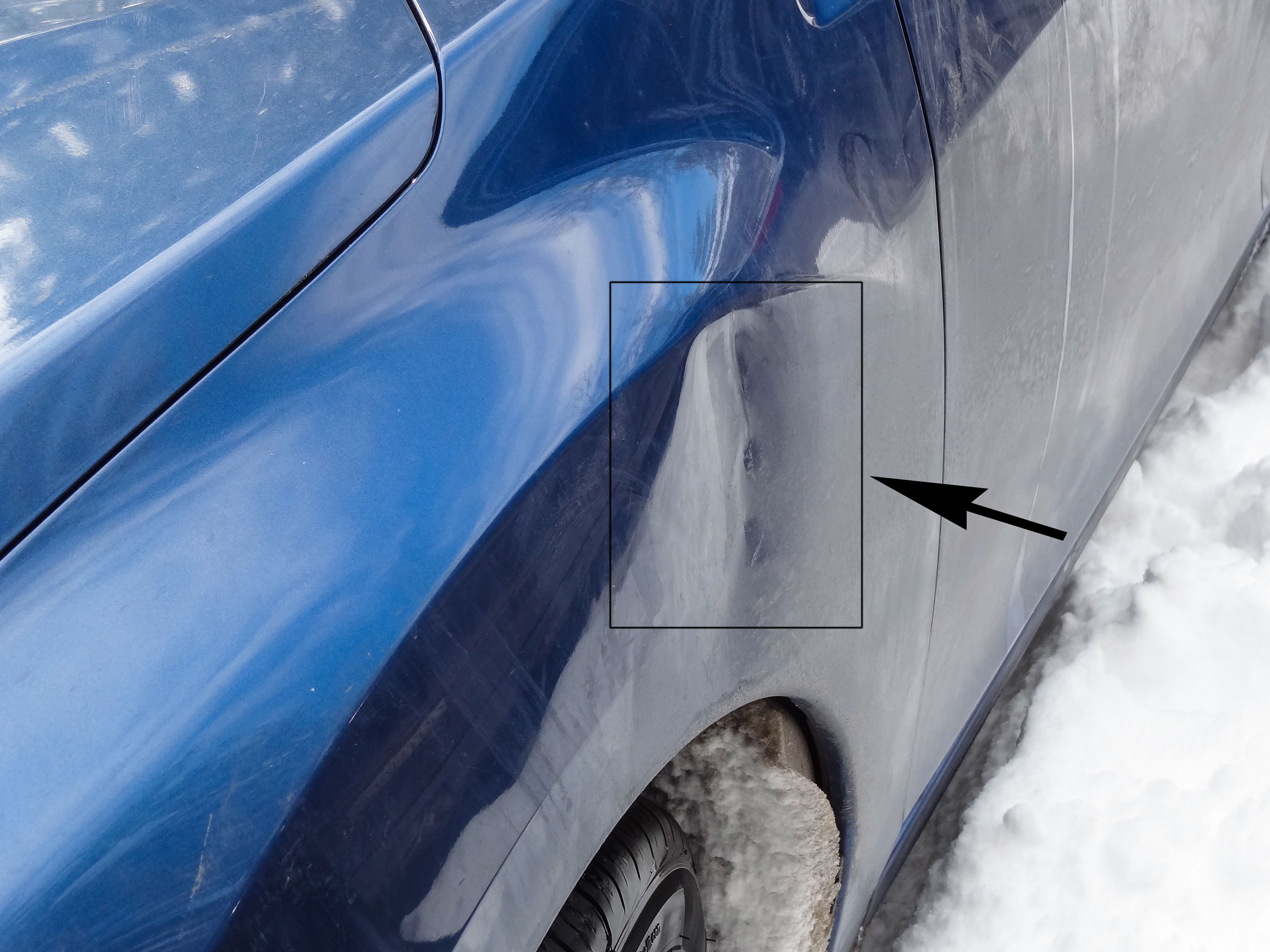
But I know better. That lightning-shaped scar gives it away.
The real culprit was:
